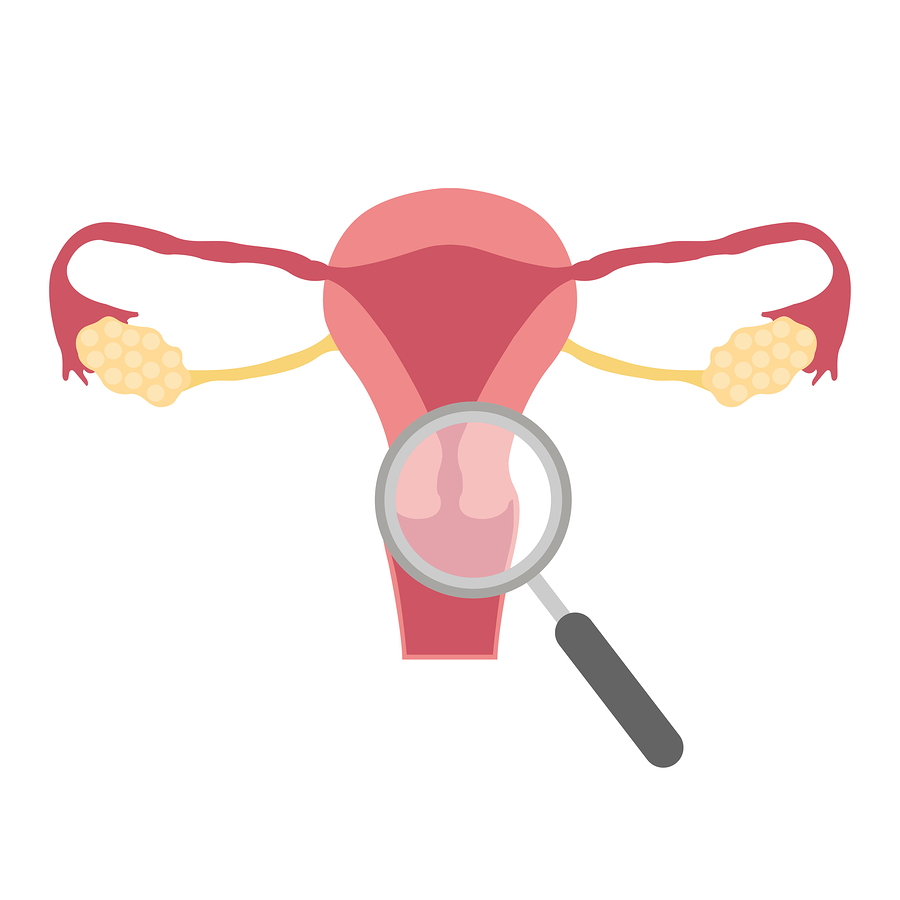
Î
Cervical ectropion, also known as cervical erosion is a condition where cells inside the cervix form a red inflamed area outside of the cervix. Cervical ectropion isn’t a health concern other than for one important fact. It can be difficult to distinguish from the early stages of cervical cancer. Therefore, understanding the differences between the two conditions is very important. It is not only important to know the differences between cervical ectropion and cervical cancer but to understand the causes, symptoms, and ways to treat cervical ectropion.
Just to be clear – cervical ectropion is not a disease. It is non-cancerous and will not affect fertility, although it is fairly common among women of childbearing age. Even so, it can cause problems for some women.
Cervical Ectropion is a condition where cells normally found inside the cervix appear outside of the cervix. The majority of women only have a soft cell known as glandular cells inside the cervix, and hard cells outside of the cervix known as squamous epithelial cells. Cervical ectropion occurs when those soft glandular cells (also medically known as columnar epithelium) appear on the outside of the cervix. The area where these two cells come into contact outside of the cervix is called the stratified squamous epithelium, or transformation zone.
Symptoms of Cervical Ectropion May Include:
* Redness and inflammation in the transformation zone
* Light mucus discharge
* Pain during intercourse
* Bleeding during or following intercourse
* Spotting
It is important to point out that every individual is different. Some individuals may exhibit some of these symptoms, or all. Some may experience mild symptoms as other may have more severe symptoms.
The symptoms listed above may be caused by more serious conditions, so it is generally a good idea to speak with a doctor to rule out more serious conditions.
Causes of Cervical Ectropion:
* Fluctuations in hormone levels
* Taking birth control pills that also affect hormone levels
* Pregnancy, which may also cause fluctuations in hormone levels
Other Cervix Conditions:
* Cervical Cancer – The irritated red appearance of the transformation zone of the cervix in women with cervical ectropion may look like early signs of cervical cancer, but the two conditions are not related. Cervical ectropion is not caused by, nor is it an early sign of cervical cancer.
If a woman is showing signs, or experiencing cervical pain and not sure if the cause is cervical ectropion, she should consult a doctor who may do a Pap test or a pelvic exam.
* Chlamydia – Having cervical ectropion does not mean a woman has chlamydia, however, a 2009 study has found that there is a higher rate of the chlamydia infection with women under 30 years of age with cervical ectropion.
Diagnosing cervical ectropion:
Most cases of cervical ectropion are diagnosed by physicians while carrying out routine pelvic exams. It oftentimes goes undetected by the person with cervical ectropion. After seeing the symptoms of cervical ectropion, a physician will need to conduct one of several tests to rule out cervical cancer. These tests include Pap test, biopsy, and colposcopy.
Once other conditions like cervical cancer and chlamydia have been ruled out, cervical ectropion does not usually require a course of treatment.
Sources:
https://www.medicalnewstoday.com/articles/320298.php
https://www.healthline.com/health/womens-health/cervical-ectropion
